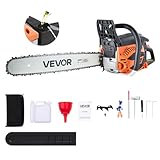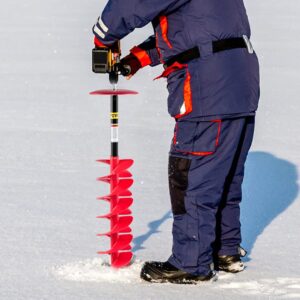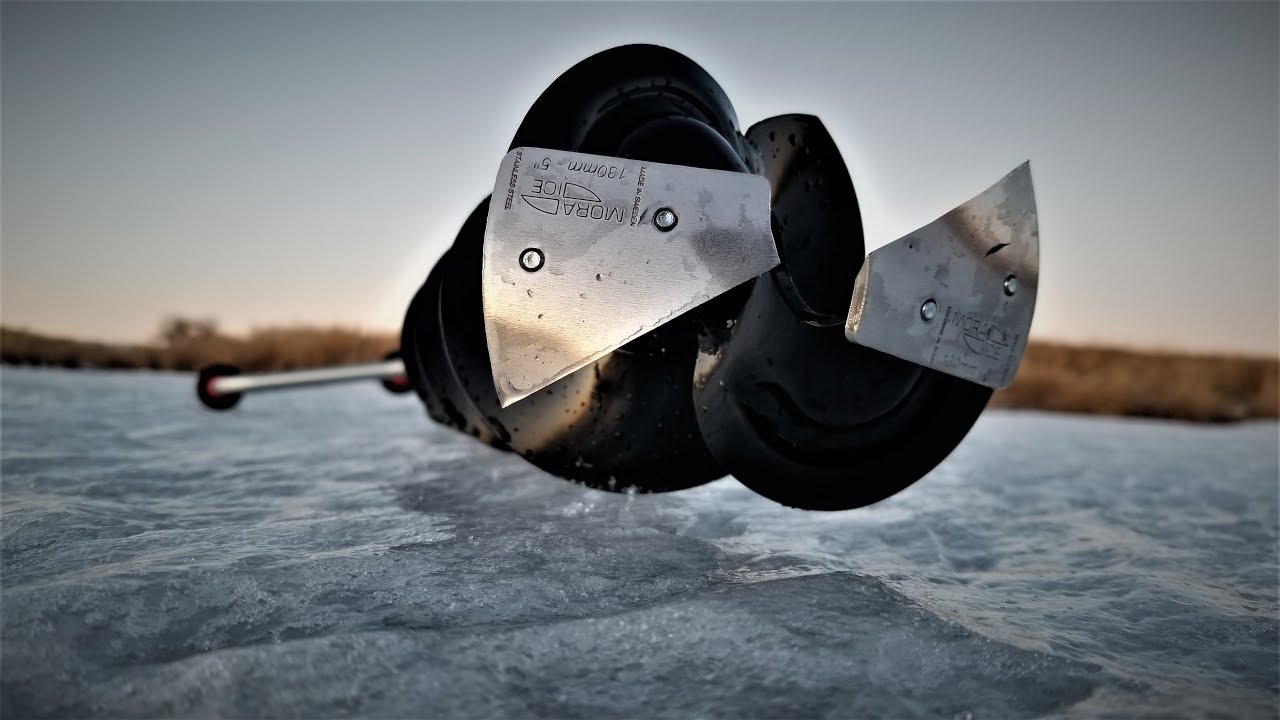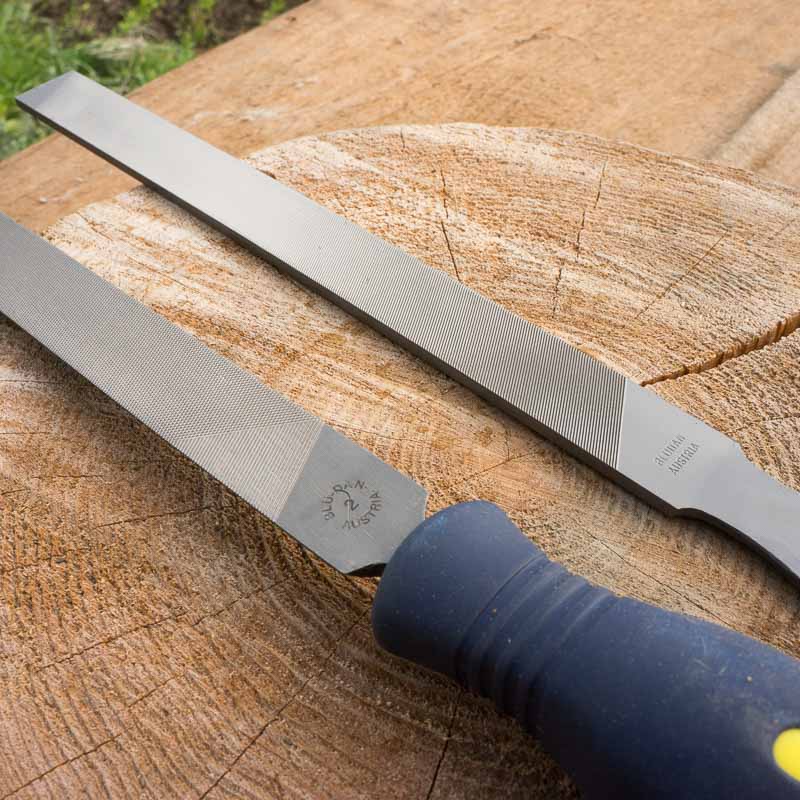Ice fishing in the middle of a frozen lake is a sport by itself. If you are new to this, use this as a guide to level up your skills. Before you step into the journey of this sport, you will likely need necessary equipment like – a fishing rod, line and reels, enough baits, lures, buckets, and a fishing license. However, when fishing on ice, you will need additional equipment to break the ice first. You will need;
- A spud bar or ice chisel – is a tool that is used for checking the thickness of the ice
- An auger – this is a screw-type of device that ensures to cut the ice
- A skimmer or scoop – this equipment is used to ladle slush out of the hole made in the ice
- A gaff hook – this is used to pull the fish along the tiny hole made
The crucial equipment in the sport of ice fishing is the auger. Any of the other tools you carry along with you are almost useless if you cannot drill a hole in the ice. An ice auger is nothing but a device that is used to bore through the ice. This tool is typically controlled by an electric engine, gas motor, or manual. It is commonly made of metal and contains a sharp cutting edge towards the end that slices through the ice.
Most people tend to use any of the following four types of ice augers for fishing;
- Cordless or Electric Ice Augers
- Gas Powered Ice Augers
- Hand or Manual Ice Augers
- Drill Bit Ice Augers
But what happens if you don’t have any of these augers or possibly forgot to take one with you? Worry not, because we have the right alternatives to help you ice fish without an auger. Before the invention of fancy tools, ice holes were made using sharp objects.
Here are some of the other ways to cut ice without using an auger:
1. Chainsaw
A chainsaw with a specially designed non-slip handle is the perfect alternative to an auger. The primary benefit of using a chainsaw is that you won’t need to Take the slush out of the hole made in the ice. And what’s more? It will take less than five minutes to cut a hole in the ice through 11 or 12 inches. It’s important to keep the tool’s sharp edge at a 45-degree to a 60 degrees point, not straight vertical and descending, and make the cuts in ice as you drive its cutting edge into the ice, not while you draw it in reverse. This is to ensure that a straight line is cut on the ice. It should also be noted that you need to twist your chainsaw gently when you are slicing to guide it into a circular segment.
To avoid any harm to the trimming tool, make it a point to dry it when you use it on ice to prevent it from becoming corroded.
2. Axe or hatchet
Although considered old-fashioned, an axe usually works to cut a hole in the ice, although you need to ensure that the edge is quite sharp. Using this tool in place of an auger will chip away the pieces of ice. However, this alternative is ideal for breaking ice that is not more than 10 inches. Instead of applying pressure, apply the hatchet purposefully. In that manner, you will not lose control over the hatchet and injure yourself; you will also save time.
Keep in mind that on the off chance you simply hack at a similar spot repeatedly, broadening the ice opening without sprinkling cold water all over yourself will be troublesome. It is also important to take a pair of protective glasses to avoid any pieces of ice from flying toward your eyes.
3. Iron rod
Iron rods with a sharp, chiseled edge can be useful for testing the thickness of the ice and creating an opening for ice fishing. We suggest that you begin to make a hole much bigger than you will need. Ensure to also wear a pair of gloves, so you don’t lose the grip of the iron rod.
4. Pry bar
Pry bars generally come in claw bars, alignments bars, digging pry bars, etc. In the case of breaking the ice, we highly recommend that you use a digging pry bar designed with chiseled and pointed ends – making it easier for you to dig a hole and break the ice.
5. A sharp rock
As crazy as it sounds, yes, a sharp rock would perfectly do the work too. However, this alternative can take a long time to make a hole on the ice, but we believe it would also be a good workout for you! Unless there is no other option for you to break the ice, a sharp rock can do the job.
If you want to enjoy ice fishing with budget-friendly options, these alternatives are an ideal way to save some bucks.
Here are some bonus quick tips to get you started on how to drill an ice fishing hole;
- Go ahead of time and search for the perfect spot. Make use of a regular fish finder – a sonar device that is used to locate fishes directly through the ice in your spot
- Know your ice fishing drilling tool. Determine the thickness of the ice first, and then choose your tool.
- Before you begin to start making the hole, ensure to place your feet firmly over the ice. Solid footing is the key to using your tool efficiently.
- Do not put too much pressure on your tool to avoid losing balance. Let those sharp edges do the work!
- Prepare the ice hole by pushing away snow and clearing debris.
- Before using your tool, ensure to clean it for an efficient usage








